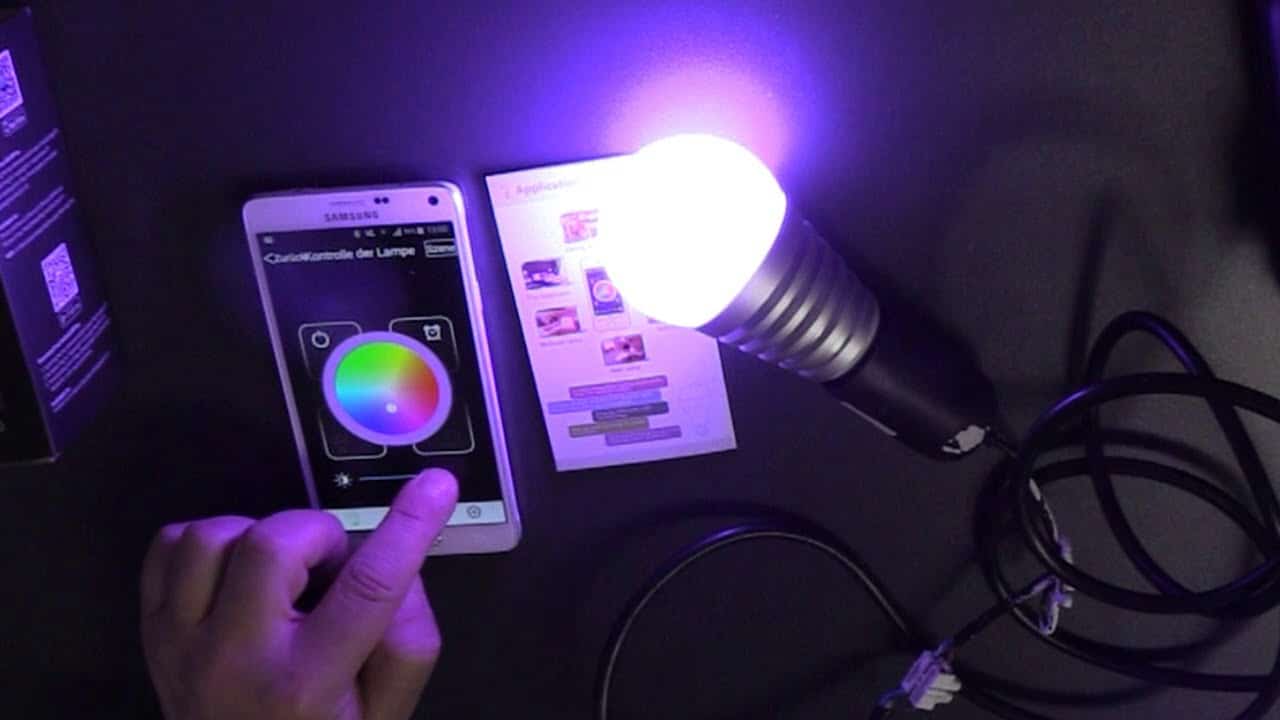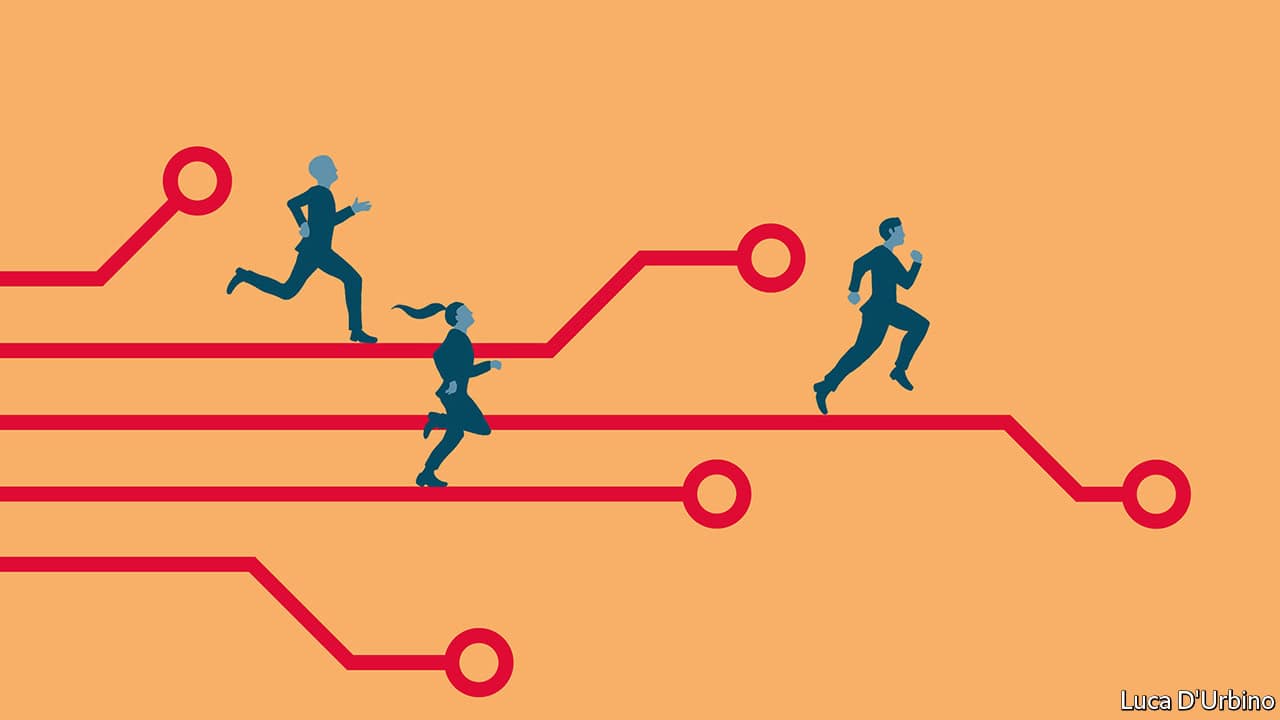The technology of lighting city streets and interior spaces of different buildings has stepped forward significantly in the afternoon sensations. Today, energy-efficient LED lamps are used.
However, for maximum efficiency in saving energy resources, an IoT smart lighting system is required, which provides complete control over the illumination only at the right time.
What are the main principles of IoT smart lighting?
The principle of operation of any intelligent city street lighting control system is based on the implementation of a simple algorithm:
- A sensor for measuring the level of natural light is installed on each lamp.
- Some fixtures also contain weather change sensors to provide timely power to the lantern in cloudy weather.
- Sensors are scanned by special readers.
- The information is converted into a digital signal and transmitted via damaged wireless communication to the actuating device.
- The reverse transformation of the signal takes place, and the dispatcher receives a notification about the changed conditions in real-time.
Executive devices can also operate in M2M mode when the digital signal is automatically converted into a command, and the lighting control process is carried out without human intervention.
Why LEDs are used for IoT smart lighting?
To automate the lighting of city streets using IoT technologies, only LED lamps are used, due to the presence of several undeniable advantages:
- LED lamps give a greater level of illumination of the space, compared to incandescent lamps or halogen lamps.
- All the energy of such lamps is directed exclusively to lighting the premises or the street, and not to the release of thermal energy.
- The user can always choose the glow temperature – from warm to cold.
- LED lamps are the most economical lighting fixtures in their class.
- Such lighting devices last up to 20 – 25 times longer than any other light source.
- The highest class of luminous flux stability.
LED lighting is effective for both residential and commercial facilities, as the user gets double the savings on the need to replace the lighting sources themselves and on the utilities.
Main advantages of the IoT smart Lighting
The use of IoT technology to control the lighting of rooms or streets gives the user the following advantages:
- Illumination of dark streets and alleys in large cities at the right time significantly reduces the crime rate, as well as increases the efficiency of outdoor surveillance cameras. Such IoT technologies significantly increase the chances of the police to solve crimes.
- High-quality LED devices provide clear illumination of outdoor space, which allows you to get a stable picture on the monitor.
- The inclusion of lighting devices not by the hour, but when necessary, will contribute to the significant savings in electricity, as well as reducing utility bills.
- LED lamps do not heat up, which helps to reduce carbon dioxide emissions into the atmosphere.
- When illuminating city spaces, energy companies register a reduced consumption of energy resources, in the case of illuminating yard areas at residential facilities, owners of apartments or houses get the opportunity to reduce fees for management companies.
- Possibility of a complete shutdown of lighting at night using remote access. The operation of the flashlights is controlled using a stationary computer or a mobile application from anywhere in the world.
The main and only disadvantage of such systems is their high cost, as well as the need to train qualified staff for high-quality and efficient control of illuminated devices on remote devices.
How IoT Lighting Helps Organize Your Workspace?
The lights in many offices are on all the time, regardless of how people use the space. IoT Lighting technologies make it possible to control the illumination of each area of an office building.
The main sources of energy efficiency are sensitive sensors and photovoltaic cells. The lighting of public areas – toilets, meeting rooms, elevator halls, or evacuation stairs turns on exclusively when a person is in the field of action of the human scanner. In addition, such devices are configured to automatically turn off after a certain period, after a person disappears from view.
Advanced systems ensure the transmission of data on the level of illumination in the building to the central control panel of your control station, or an executive device.
The user can add additional lighting control settings in their application. For example, the degree of illumination of a conference hall may depend on the degree of fullness of the space, or the weather through the window.
In many cases, customers indicate in the quotation that it is necessary to integrate the lighting system in offices with fire alarms.
What are smart streets?
Street lights without the proper level of automation can stay on all night long. This leads to significant material costs and increased power consumption.
When using the technology of the Internet of Things, the user has the opportunity to provide control over the operation of street lamps concerning various factors.
At night, without the sunlight, the sensors are responsible for the level of illumination give a command to turn on artificial lighting.
High-precision timers allow you to automatically reduce the intensity of light radiation at a later time of the day when the streets are empty.
Motion sensors allow you to turn on the lamp when a person approaches. At the same time, the sensors can be easily configured in such a way that they will transmit a signal to the actuator only in the presence of a large object, which eliminates their constant activation when it enters the pet scanner’s coverage area.
Quite often, such systems are installed in hospitals, which ensures constant monitoring of seriously ill patients. The staff on duty can monitor the patient from their post, as well as receive an alarm signal on the screen of a computer or tablet.
When using IoT for lighting control, full M2M control is achieved. This provides savings on labor, as well as the absence of the need for precise control over the operation of the engineering network.
Smart lighting is often used in shopping malls, warehouses, and other large strategic facilities. All users note the efficient consumption of electricity, as well as a significant reduction in costs. As such, this advanced technology ensures business development and profitability growth.



